
Paraplegia can be defined as permanent damage to motor or sensory nerves to the spine resulting in one's inability to move lower extremities. The legs are practically paralyzed and one additionally loses all the senses in this part of the body.
Many times the condition develops as a consequence of a serious accident. The only consolation for paraplegic people is that modern medicine have managed to develop many practical aids, allowing such patients to live as normal as it is possible without being dependent on their relatives, friends or caregivers.
Spinal Cord Injury Leads to Paraplegia
Spinal cord injury is the underlying cause of paraplegia. The spinal cord is a highly sensitive organ placed inside the spinal column. It is made of nervous tissue and extends from the lower portion of the brain known as the medulla oblongata all the way down the spinal column. The spinal cord is together with the brain a part of the central nervous system. Its function is to transmit neural signals from the brain to the rest of the body while at the same time it informs the brain about function of all organs and organ systems and transmits different stimuli we receive when in contact with environment. The organ itself is also in charge of many reflexes.
Paraplegic people have suffered an injury to the spinal cord at certain level of the spine. In humans the spinal column comprises 7 cervical vertebrae, 12 thoracic vertebrae, 5 lumbar vertebrae and the sacral bone (made up of 4 fused vertebrae). The injury affecting the spinal cord below the first thoracic spinal nerve is a cause of paraplegia. The portion of the body innervated by the spinal nerves below the already mentioned level becomes numb, and immobile.
All spinal injuries can be easily classified into complete and incomplete. This classification is based on functions that may have been preserved after the injury. Namely, in case of complete spinal cord injury the person loses the ability to move all the body parts below the injured area and equally loses the feeling. An incomplete spinal cord injury, on the other hand, is not characterized by complete loss of movement or feeling but instead some functions may be preserved.
There is a variety of reasons why the spinal cord gets damaged in such a way. This may occur in car accidents, while performing certain activities or participating in some sports. The presence of a tumor in the spinal cord and damage to the vertebrae that results in fracture are two more potential causes of spinal cord injury. The person is also possible to become paraplegic if he/she suffers from certain neurological illnesses that cause gradual damage to the spinal cord.
Living and Treating Paraplegia
After the injury all patients remain hospitalized for certain period of time until the injury of the spinal cord does not heal and their condition stabilizes. As soon as they are ready to be discharged they engage in specially designed rehabilitation program.
Rehabilitation is something each and every paraplegic patient must go through in order to restore all the functions he/she can and to learn how to live independently, taking care of himself/herself without any help of other people.
One of the common issues these people face with is inability to control bowel movement and urination. Patients must train with their caregivers and are taught how to manage these problems. Furthermore, patients are due to stick to all the prescribed medications and take these on time. They may be administered steroids which deal with swelling or osmotic diuretics which also reduce excess of fluids and subsequently reduce the pressure exerted on the spine.
When it comes to mental health, it is of major importance to help these patients face their loss and accept the condition they are suffering from. During this process, a patients needs all the support from his/her family. Under certain circumstances a counseling or even a consultation with a psychologist or psychiatrist may be of additional help.
Physical therapy is the cornerstone of further care of paraplegic patients. Such individuals are taught how to keep their muscles strong, joints limber and how to prevent contractures. The same refers to occupational therapy. Namely, this treatment modality helps patients learn how to use all the necessary and specially designed equipment by themselves. What is more, occupational therapists teach paraplegic people to get dressed and perform other activities they need in everyday live.
Recreational therapy is also beneficial, allowing patients to stay active in the community, participate in certain sports and other such activities.
Those with respiratory issues are supposed to work with a well-experienced respiratory therapist. And finally, since the skin of the immobile parts of the body is much more sensitive compared to the rest of the skin it requires special care. Paralyzed patients are prone to pressure ulcers. Therefore, they are taught how to change their position frequently and take good care of the skin of the lower portion of the body. Any skin changes must be reported and treated immediately.


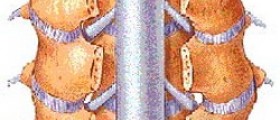
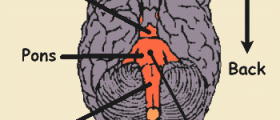

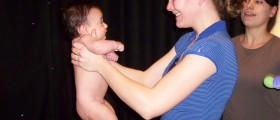

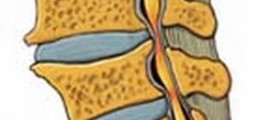
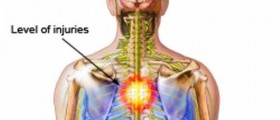







_f_280x120.jpg)
Your thoughts on this
Loading...